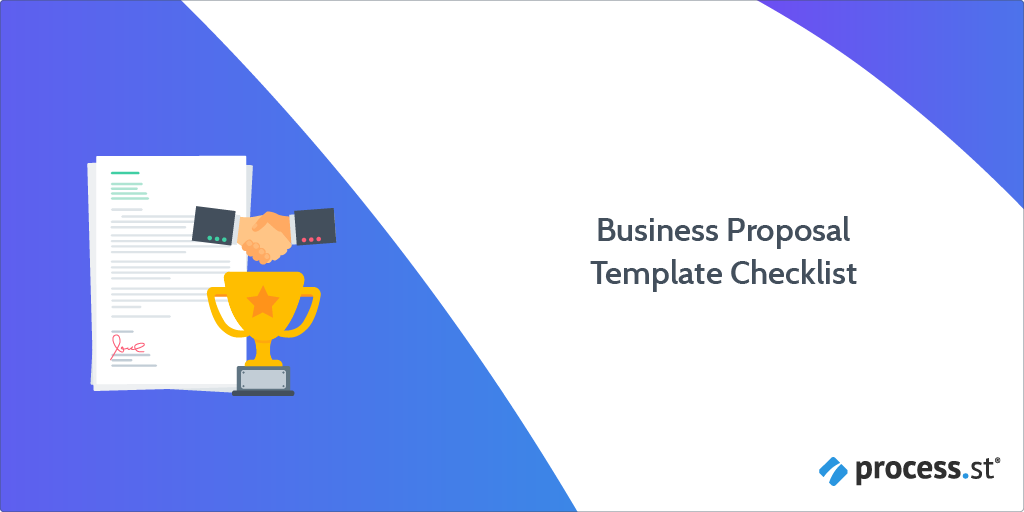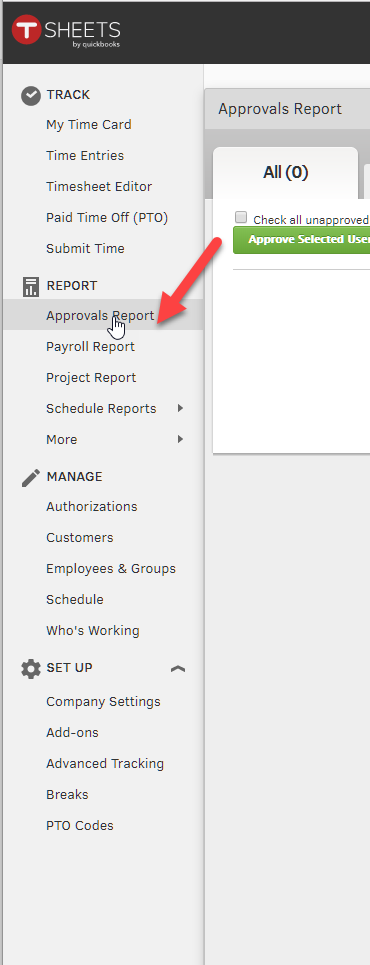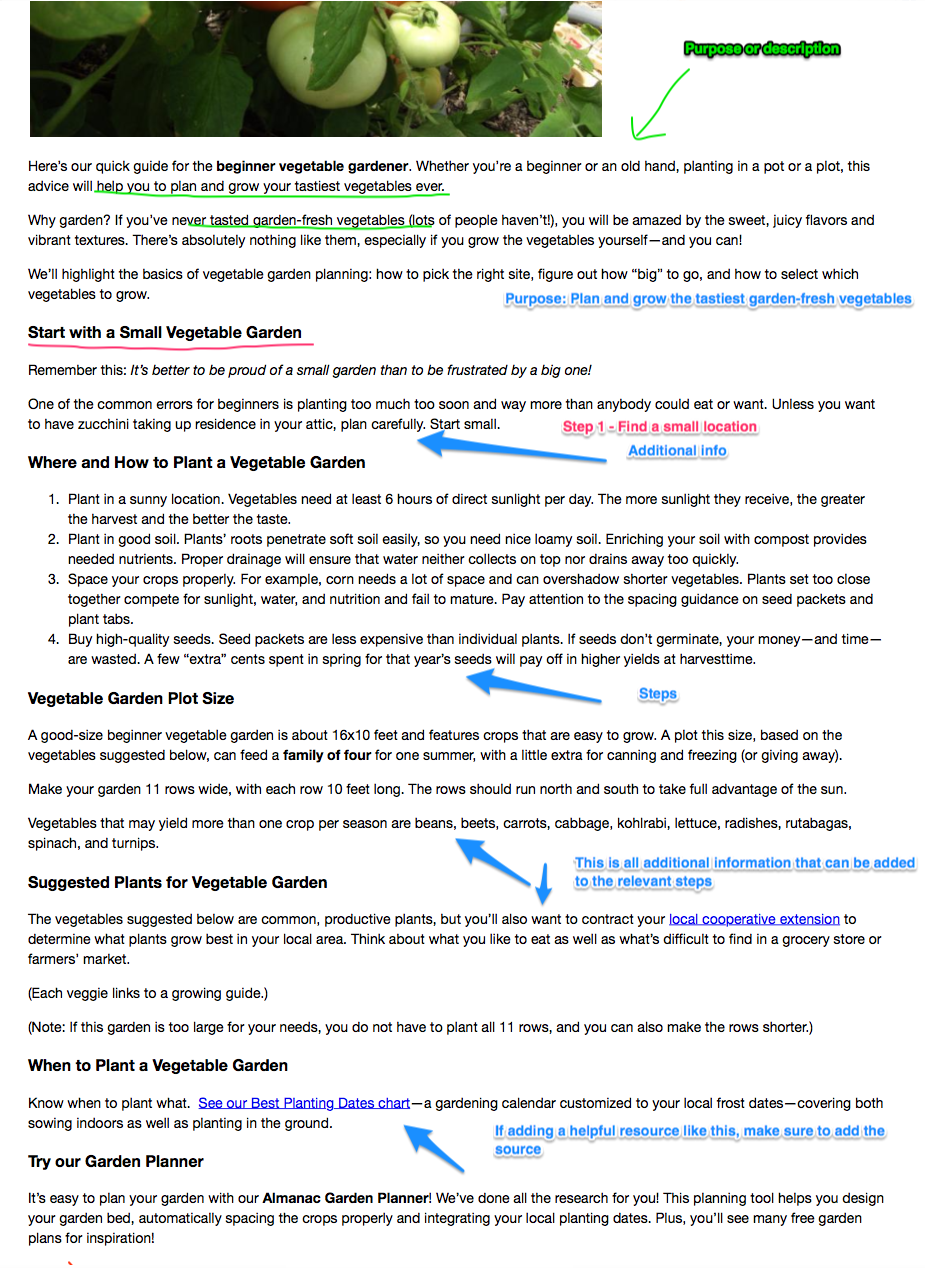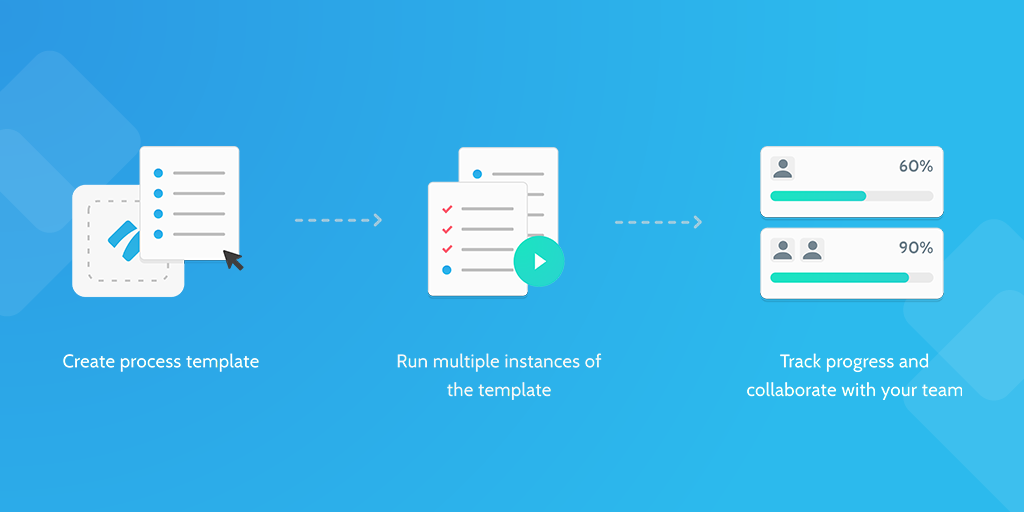This business proposal template is basically a sales pitch on paper. Its primary purpose is to persuade a company or organization to do business with you.
It should describe what you can do to solve the problem, how you plan to solve the problem and the finer details about what, when, why and how it will solve the problem.
It should also contain a key call to action that will compel the recipient to take the next step.
Business proposals can be split into the following two types:
- Solicited. Solicited proposals are requested by a prospective client, usually via an RFP.
- Unsolicited. Unsolicited proposals are proposals that are sent out to prospective clients in the hope that you will win new business.
Whether your business proposal is solicited or unsolicited, use this business proposal template checklist to ensure you include all the required information in your proposal and cover key areas such as these:
- The problem the organization is facing
- The proposed solution
- The budget
- A key CTA
Having said that, business proposals are often long documents that might include anything from engineering specifications to equipment lists to project staffing, depending on what’s requested in the RFP.
Make sure you use this business proposal template alongside the RFP documentation.
Process Street is super-powered checklists. It’s the easiest way to manage your recurring tasks, procedures, and workflows.
Create a check list template and run individual checklists for each member of your team. You can check tasks off as you work through them, set deadlines, add approvals, assign tasks, and track each team member's progress.
You can also connect to thousands of Apps through Zapier and automate your workflows even more.






